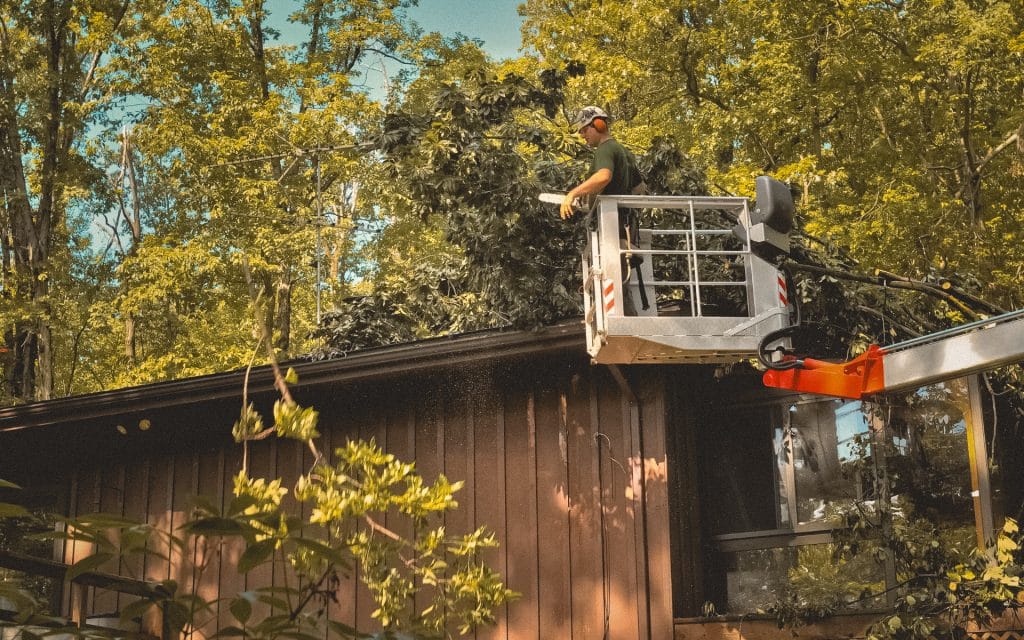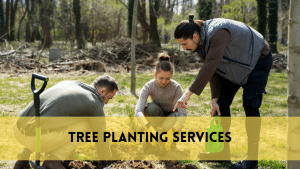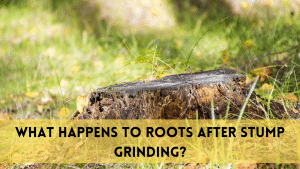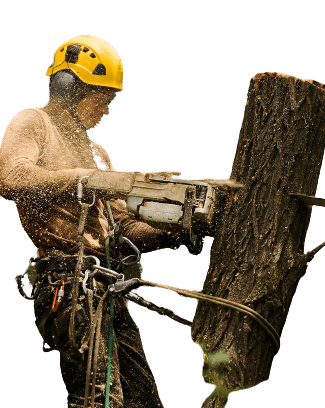Beehives on trees can be a source of concern for homeowners, providing both safety risks and significant property damage. However, with the importance of bees in pollination and ecosystem health, it is critical to approach this issue with caution. We’ll lead you through the steps of securely and responsibly how to remove beehive from trees in this guide.
The Role of Bees in Our Ecosystem
Before we dive into beehive removal, it’s essential to understand the significance of bees. Bees are crucial pollinators, responsible for fertilizing plants that produce much of our food. Recognizing their importance, we aim to safely relocate rather than harm them.
Assessing the Situation
Identifying the Hive
Determine the exact location of the beehive on the tree. Take note of its height, accessibility, and proximity to areas of human or animal activity.
Type of Bees
Observe the bees to identify their species. Honeybees, for example, are important pollinators that should be protected, although wasps and hornets may require a different strategy.
Hive Size
Estimate the hive’s size. Larger colonies may necessitate more intricate eradication methods.
THE BEST BEE HIVE REMOVAL TECHNIQUES TO APPLY
Removing beehive by using spray
- This method is most suitable for small nests and should be executed by individuals who are not allergic to bee stings. If you have allergies or the nest is large, it’s safer to contact a professional pest control service.
- Select an aerosol bee and wasp spray specifically designed for killing flying insects. These sprays typically have a long-range nozzle for safe application from a distance.
- Opt for dusk or dawn when bees are less active. Avoid spraying during the day when they are most active and more likely to defend the nest aggressively.
- Wear your protective gear and approach the nest slowly and quietly.
- Stand a safe distance away from the nest (typically the range recommended on the spray container).
- Saturate the nest entrance with the insecticide by aiming the spray nozzle towards it.
- Make sure the entire nest is covered, including any obvious openings.
- After spraying, retreat quickly to a safe distance to avoid agitating the bees.
- Do not attempt to remove the nest immediately; allow the spray to take effect.
Removing beehive by smoke
- A bee smoker is a device that produces cold smoke. Its purpose is to soothe bees and make them less defensive.
- To reduce the risk of stings, wear a full-body beekeeping suit, beekeeping gloves, a protective veil or beekeeping mask, closed-toe shoes, and thick clothing.
- A hive tool, a bee brush, and a bee box or container for hive removal are examples of beekeeping tools.
- Ladder or Scaffolding: Depending on the height of the hive, you may need to use a ladder or scaffolding to safely access it. Choose the time when bees are less active
- Fill the bee smoker with a cool, white smoke-producing material, such as pine needles, wood shavings, or cardboard. Light the material and keep it smouldering to create a constant stream of smoke.
- Check that the smoker is working properly.
- Approach the beehive slowly and quietly, avoiding sudden movements or loud noises that could agitate the bees.
- Use the bee smoker to emit cool smoke near the entrance of the hive. This smoke disrupts the bees’ communication and makes them less defensive.after smoking bees allow it to calm to take hold
- Use hive tool and gently pry the beehive from tree. Place the hive in the bee box or container. Ensure that its securly sealed to prevent bees escaping
Professional Beekeeper
Method: Speak to a neighbourhood beekeeper who has experience removing black bees.
In order to preserve the bees and relocate them to a new hive or beekeeping facility, the beekeeper will carefully and safely remove the beehive.
When to use It: This is the safest and greenest method of getting rid of bees. It ought to be applied whenever possible, particularly for bee hives.
Pest control professional
- Method: Speak with a qualified pest control specialist who has experience removing bees.
- How it functions The pest control specialist will evaluate the problem and employ the best techniques, which may involve applying chemicals or physically removing the pests.
- When to use: This approach is appropriate when there are significant safety issues or when getting to the hive is difficult. When bee preservation is not possible, it should be a last resort.
Bee vaccum
Using a bee vacuum, remove bees from the hive.
The bee vacuum softly gathers bees into a container, enabling their safe transportation.
When to use: This approach is appropriate for hives that are easily accessible, like those that are perched on low branches.
Cutout Method
- Method: Physically cut out the beehive from the tree.
- How it works: This method involves carefully cutting the hive from the tree and placing it into a container.
- When to use: It can be effective for smaller hives located on branches or in wall cavities.
Trap-Out Method
- Method: Set up a trap-out system.
- How it works: A trap-out system includes a one-way exit that allows bees to leave the hive but not re-enter. Over time, the bees will exit the hive and relocate to a new one.
- When to use: This method is suitable for removing bees from wall cavities or other inaccessible locations.
Chemical Treatments (Not Recommended):
- Method: Use chemical sprays or dusts to kill the bees.
- How it works: Chemical treatments are used to exterminate the bees within the hive.
- When to use: Chemical treatments should only be considered as a last resort when safety risks are extreme, and other methods are not feasible.
Note: If you need Houston tree service you can contact us & get all tree removal services, tree trimming & stump grinding service. You can also get Free Estimate to know the cost of tree removal in your property.
Related Posts:
Is it safe to remove a beehive from a tree by myself?
Removing a beehive from a tree can be dangerous, especially if you are not experienced in beekeeping or hive removal. It’s recommended to seek professional assistance from a beekeeper or pest control expert to ensure both your safety and the bees’.
Can I use homemade remedies like cinnamon to remove a beehive from a tree?
Using homemade remedies like cinnamon is not an effective or safe method for beehive removal. It’s best to rely on proven and safe removal methods, such as contacting a professional beekeeper or pest control expert.
How can I prevent beehives from forming in my trees in the future?
To prevent future beehives, regularly inspect your property for signs of bee activity. Seal any cracks or openings in trees or nearby structures that might attract bees. Consider consulting with a local beekeeper or pest control expert for preventive measures.
How much does professional beehive removal typically cost?
The cost of professional beehive removal can vary depending on factors such as hive size, location, and the complexity of the removal process. It’s advisable to obtain quotes from local beekeepers or pest control professionals for accurate pricing based on your specific situation
Conclusion
In conclusion, safely and responsibly removing a beehive from a tree requires careful consideration, prioritizing the well-being of both humans and bees. Beehive removal is not a one-size-fits-all process, and the method chosen should depend on factors like hive size, location, and the bee species involved.




